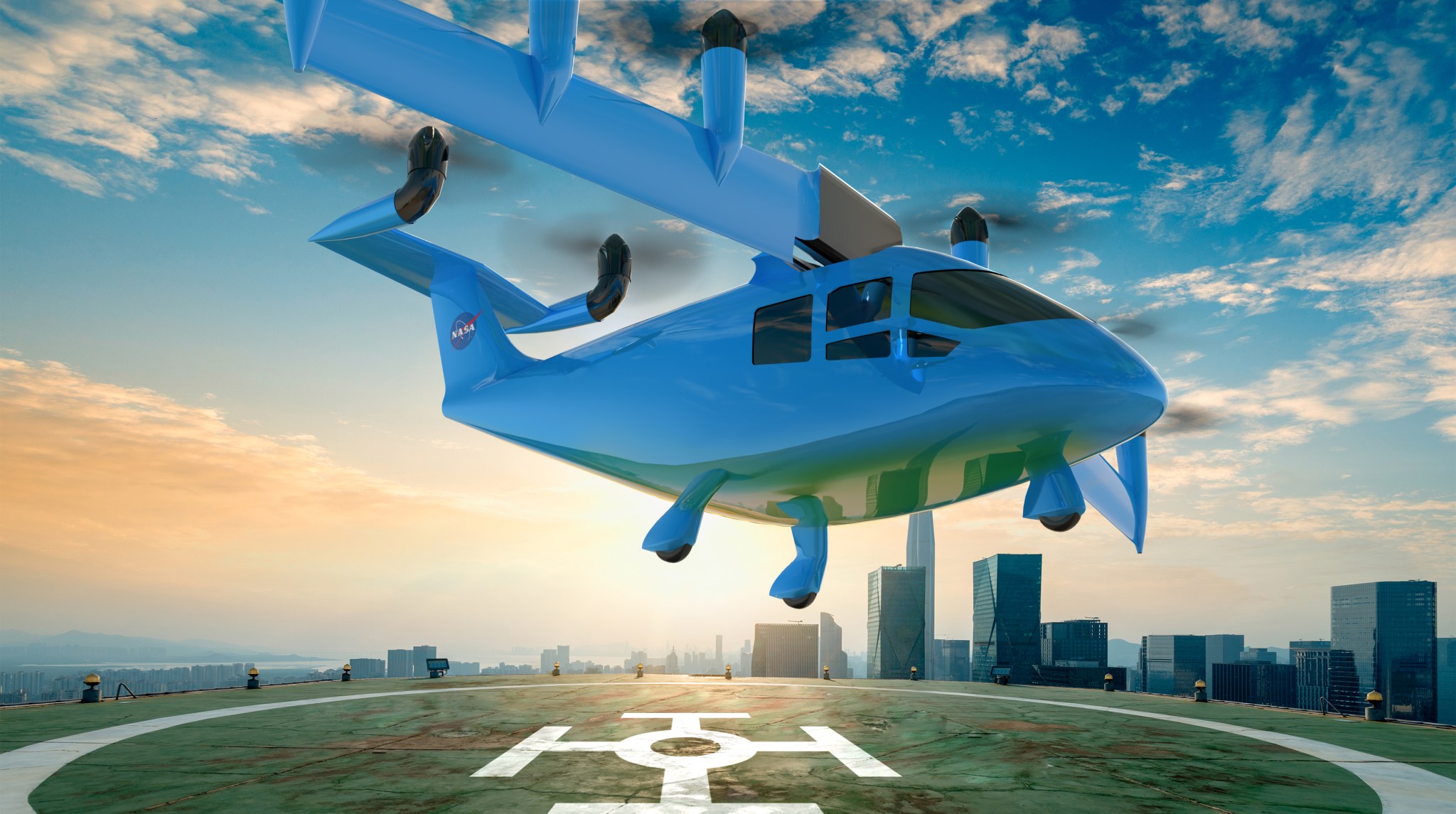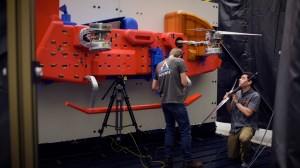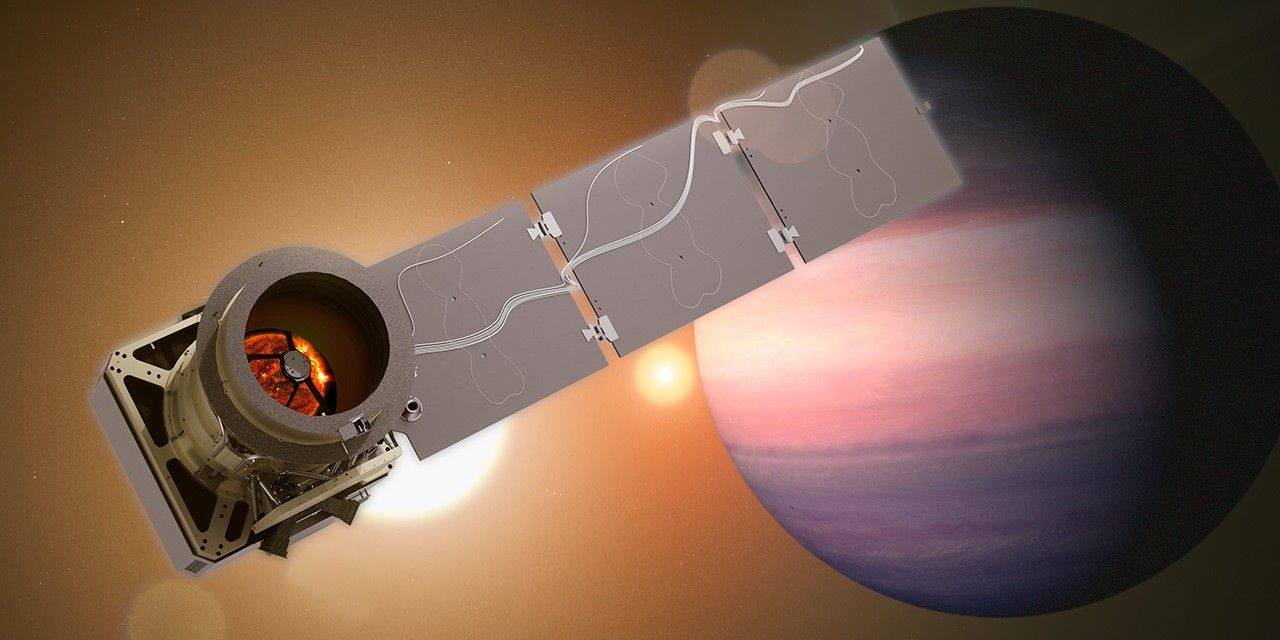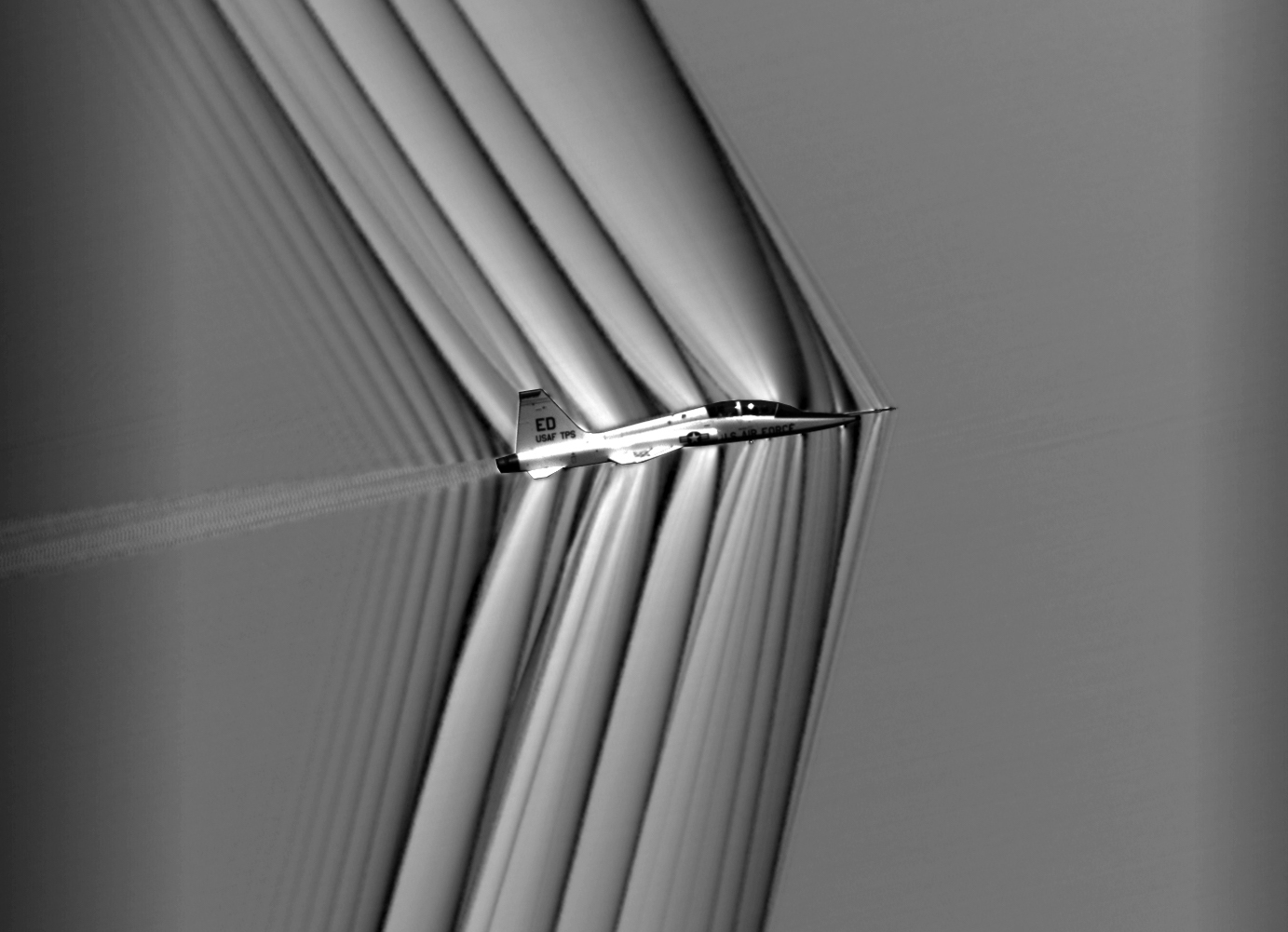Read this feature in Spanish here.
Looking forward to catching an air taxi? NASA is working to answer where Advanced Air Mobility or AAM vehicles will take off and land. Many AAM aircraft will be electric vertical takeoff and landing, or eVTOLs, so they will have the ability to take off and land vertically like helicopters on helipads. AAM vehicle types could also include other power and operating concepts.
NASA’s Advanced Air Mobility mission is researching where these vertiports or vertiplexes, which are multiple vertiports in proximity, will work into existing infrastructure like current airports and heliports. There is also work being done to investigate new landing areas that can be created from repurposed areas, purpose built sites or integrated into existing buildings such as a train or bus station.
Many early cases of eVTOLs taking off and landing will occur at existing airports. Down the road, these vehicles will use their unique performance capabilities to land on the top of buildings or other spaces in crowded urban areas.
Several projects supporting the AAM mission are working on different elements to help make it a reality. This includes work on automation, noise, vertiport and vehicle design, and airspace design to keep everyone safe while flying in the skies together. It is going to take an effort between government agencies, industry, and the public to build new highways in the sky.
High Density Vertiplex
NASA’s High Density Vertiplex or HDV subproject is developing a vertiport automation system and using small remotely piloted aircraft to assess how vertiport automation can enhance safety and efficiency of operations. HDV will initially test these smaller remotely piloted aircraft, but will progress to larger VTOL aircraft. The team is evaluating how automation built into a vertiport, vehicle, and air traffic management system could interact, how these systems can address hazards and contingencies, and how pilots, vertiport managers, and fleet managers will interact with the technology. Data collected from these tests will help inform future research areas in vertiport automation systems and Urban Air Mobility operations in the areas around vertiports.
System-Wide Safety
The System-Wide Safety project is researching advanced safety management systems aimed at reducing vertiport hazards and risks. These could include systems that forecast risk and asses the performance of navigation systems. Assessment functions identify, aggregate, and track several safety metrics identifying precursors and trends that may lead to accidents. The project is working with the HDV team to apply elements of this research to help solve vertiport safety challenges.
National Campaign’s Mobile Vertipad
The National Campaign subproject is developing a Mobile Vertipad System to help develop common vertipad test methods that will ensure consistency of NASA testing at different industry partner test sites around the country. The goal is to increase safety and precision during various types of testing where different industry vehicles could take off and land on the vertipad. The plan is to integrate different types of avionics technologies and sensors into the vertipad surface, plus weather reporting systems to provide surface level wind direction, velocity, and temperature.
AAM Mission’s Vertiport Community Integration
The AAM mission is working with local communities to understand how vertiport concepts, infrastructure, and design can impact them directly. The AAM Ecosystem Working Groups has hosted recorded information sessions to support awareness including presenting results from HDV’s efforts, security, and the results from a vertiport survey.
NASA’s vision is to map out a safe, accessible, and affordable new air transportation system alongside industry, community partners and the Federal Aviation Administration. Once developed, passengers and cargo will travel on-demand in innovative, automated aircraft across town, between neighboring cities, or to other locations typically accessed today by car.


































